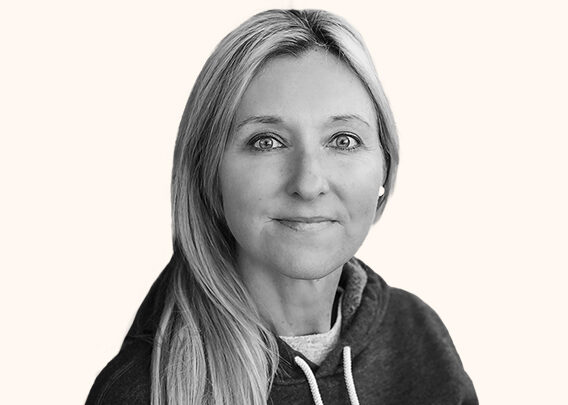Product Development for Small Businesses | Tory Burch Foundation
Product Development for Small Businesses
Make your great idea a reality when you take these first steps
31,993 Views
41 Likes
5 min read
Link copied to clipboard
You have an idea for a product, but how do you actually bring it to life? Creative strategist and Shopify educator Michelle Bali joined our webinar series to draw on her own experience launching a makeup line to talk to our community about how to develop a product, including help with working with manufacturers, developing a resilient supply chain and more.
FIND PRODUCT-MARKET FIT.
A good product, and by extension, a good business, solves a problem. Observe your daily interactions or your industry to see what challenges people face time and again. Bali also recommended looking at trend data, using tools like Google Trends or Exploding Topics to see what interests or frustrates your potential customers, and see what, if any, products are addressing their needs.
REACH OUT FOR HELP WITH THE DETAILS.
Though Bali had a general sense of the ingredients she wanted to put in her makeup products, she knew she needed help with formulations. She was able to find a cosmetic chemist on LinkedIn. Turn to your own networks to find someone with a similar kind of technical expertise if you don’t already have it. You may find that the experts you reach using LinkedIn won’t be able to work with your small business due to a conflict of interest with their current employer, but many are willing to connect you with colleagues who don’t have the same restrictions. Freelancer marketplaces like Fiverr and Upwork allow you to find people with the expertise you need to create a product. They can help you understand your procurement needs, or how much of which raw materials you will need.
ADD NEW DIMENSIONS.
Many consumer products can start with 3D printing. Typically, 3D printing companies have experts who can also create a file that reflects a sketch or loose idea of what you have in mind and can advise you on things like materials. Work with those designers to print your sample item and, if you’re happy with it, send that file to your selected artisan or manufacturer. The manufacturer will then make a mold so they can repeat the design and make enough product to create your order.
THINGS TO KEEP IN MIND
Bali was very transparent in saying that she made some missteps when launching her makeup line, and that she was sharing them with our community so they could avoid some of the same pitfalls.
Consider shipping
“I think what sometimes is overlooked is how big of a cost shipping is,” she said. That goes for paying to get your products from the manufacturer and getting purchases to your customers. She advised our founders to account for shipping costs early on. Additionally, you want to have a quick-moving schedule with your suppliers so that your customers aren’t waiting too long. Short lead times–which Bali didn’t have when she launched her line–are part of sustaining your business.
Most business owners start out fulfilling their orders themselves, which often means creating order numbers, packing boxes in their home or studio and taking the packaged to their selected carrier. This cost savings measure allows founders to become intimately familiar with their customers and processes. Bali recommended that as your business grows, you consider a service like Shipstation to help streamline the process. Many e-commerce platforms will also have integrations that can help.
Protect your big idea.
Even solopreneurs will have to get outside help when creating a product for market. Make sure that you have an agreement in place with your cosmetic chemist, for example, that the formulas they develop will belong to you and that you have the right to take this to the suppliers that will help you produce it at scale.
Keep your eye on the big picture.
It was important to Bali to create a product that was eco-friendly and ethically produced in every way, from ingredients to packaging to delivery. Because of her goals and small batches, she worked with very small suppliers who didn’t meet her standards of quality and efficiency. In hindsight, she said, she would have focused on a single area of ethics, (like eco-friendly packaging) so that the rest of her attention could go to delivering a strong product that got to her customers quickly.
Share the wealth.
Another thing that hampered her makeup line’s progress is working with just one supplier for each step of the process. Entrepreneurs can create a more resilient supply chain if they work with multiple suppliers. If there is a problem with one, you can more seamlessly shift your focus to another, and keep delivering to your customers.
Remember, creating a product is an iterative process. Don’t be afraid to change suppliers or renegotiate your terms with them if their current processes or timelines don’t serve your customers.
Help an entrepreneur by upvoting



